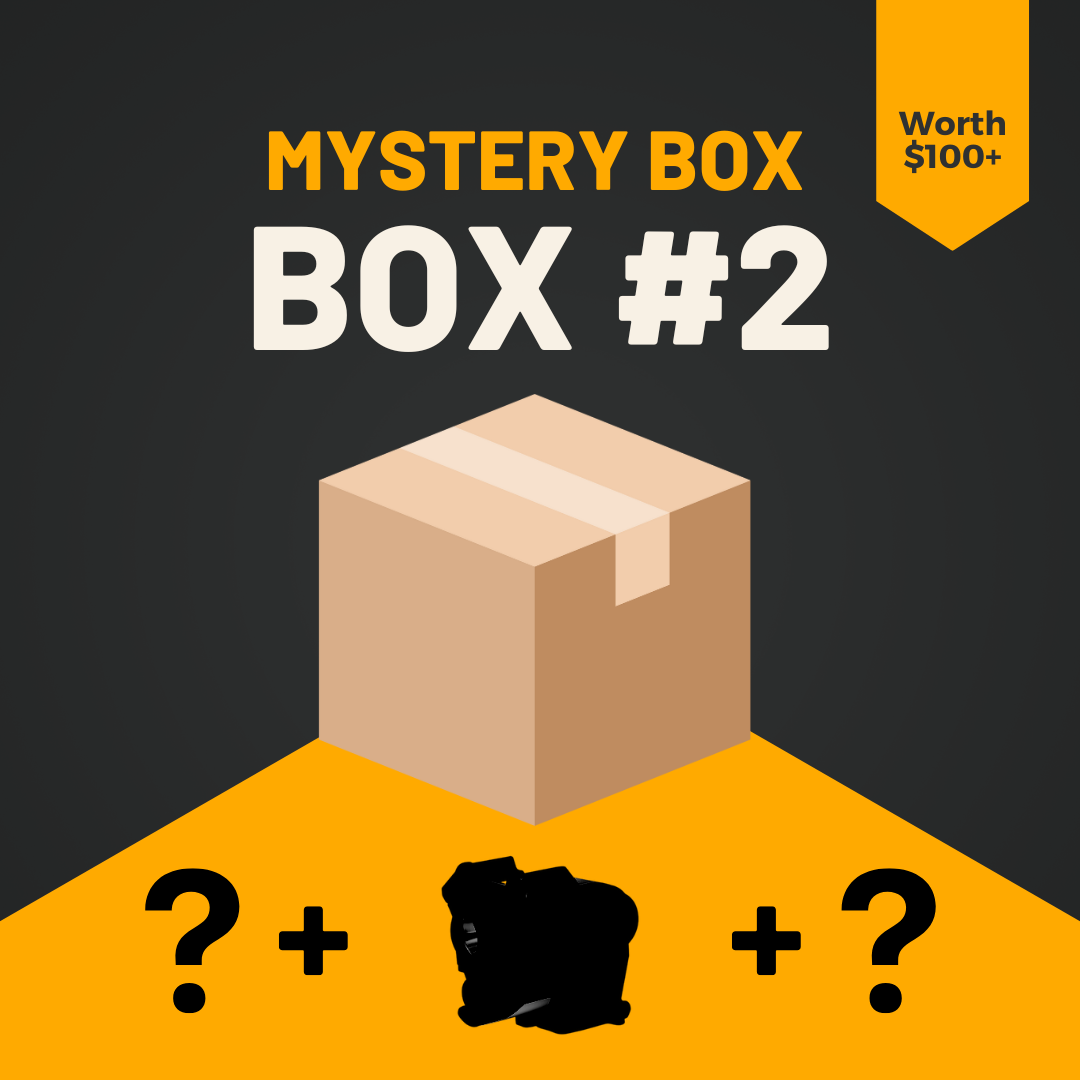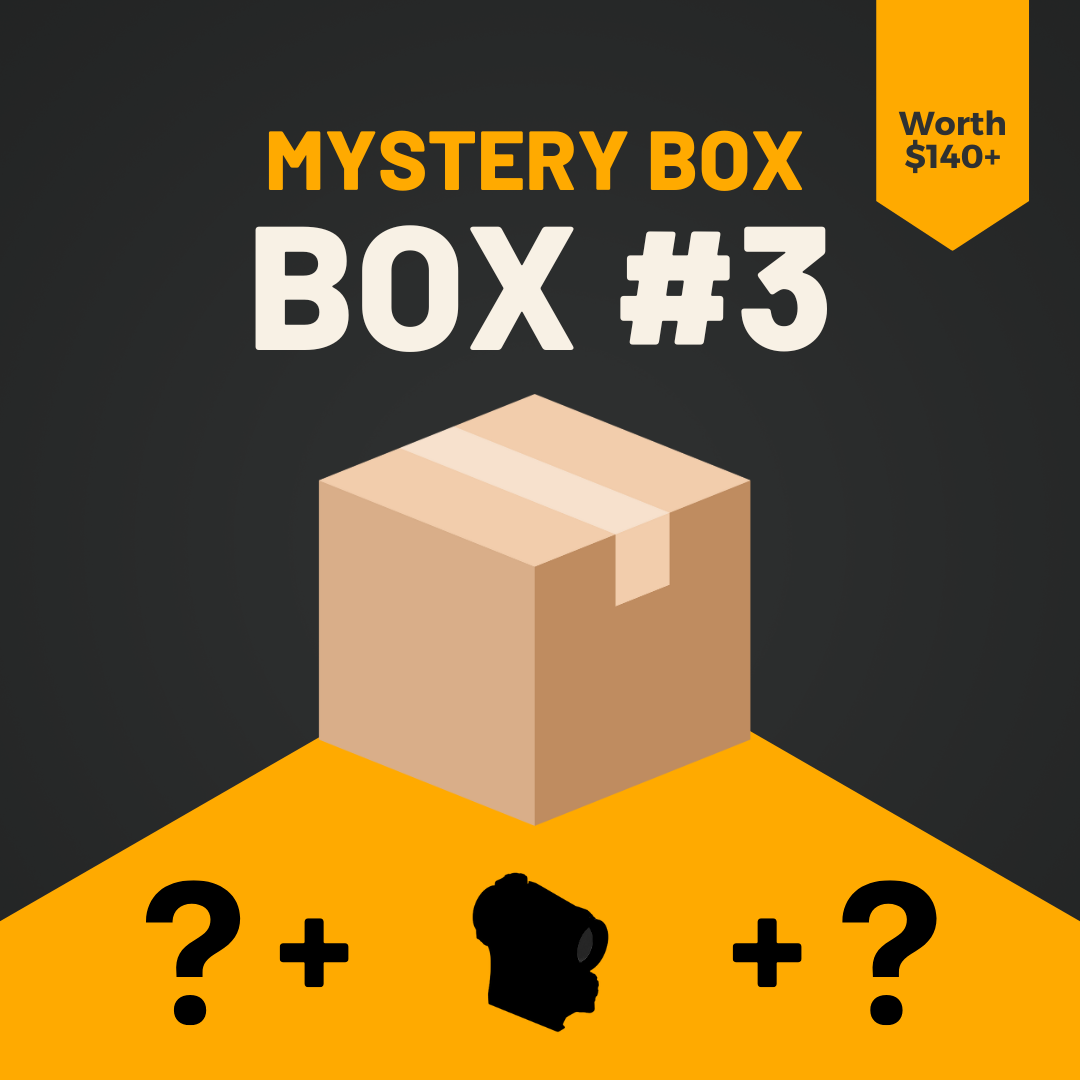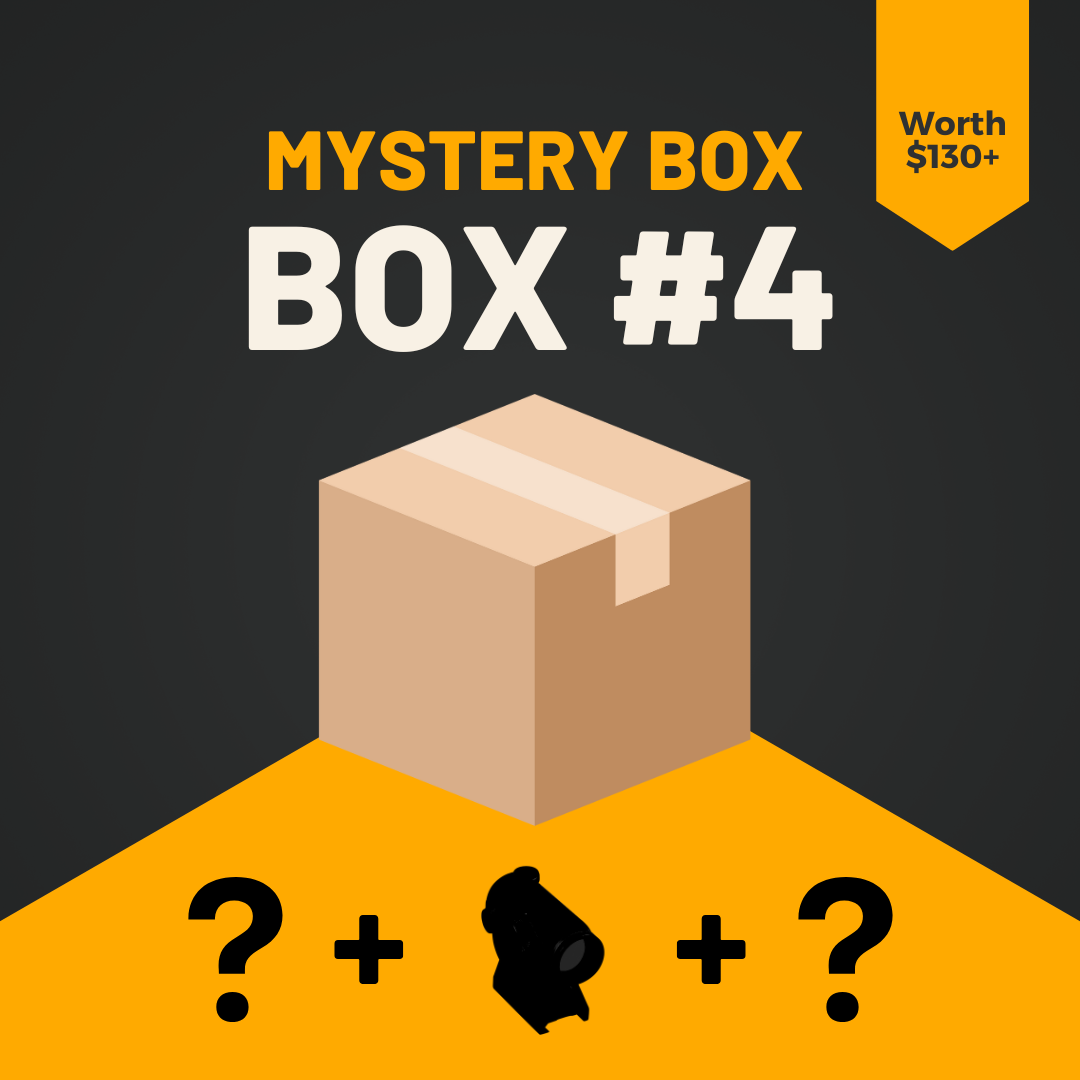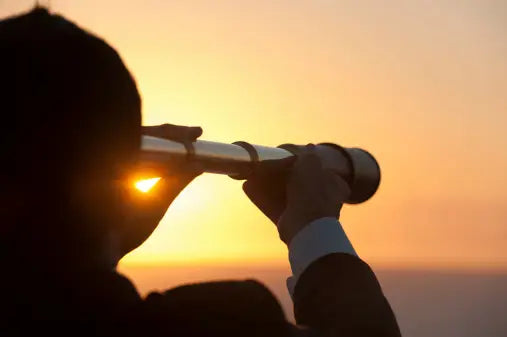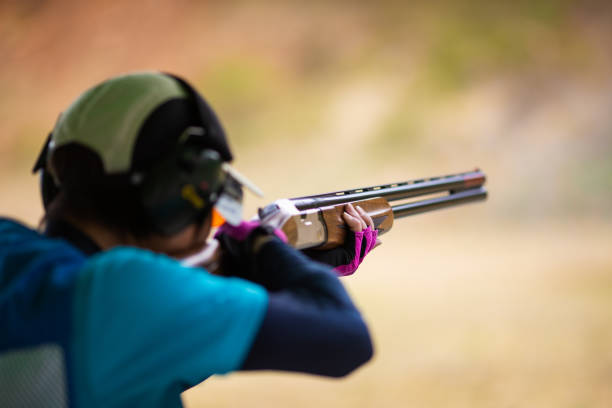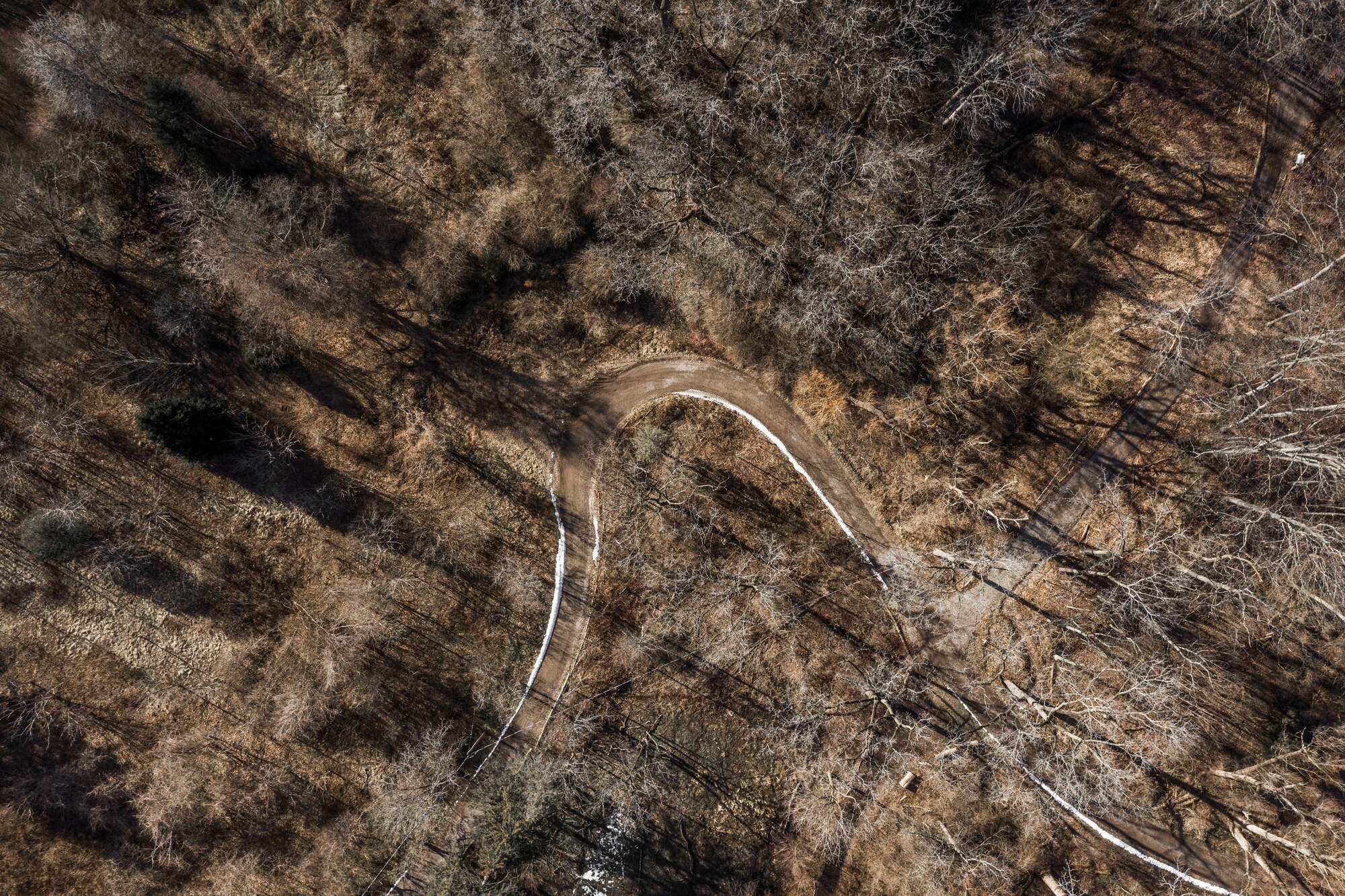When it comes to observing distant objects, both spotting scopes and binoculars are popular choices among outdoor enthusiasts, wildlife watchers, and sports spectators. While these optical instruments serve similar purposes, they have distinct characteristics that make them better suited for different scenarios. Understanding the differences between spotting scopes and binoculars can help you choose the right tool for your specific needs.
In the world of optical instruments, spotting scopes and binoculars stand out as essential tools for nature enthusiasts, sports spectators, and outdoor adventurers alike. While both serve the purpose of magnifying distant objects, they differ significantly in design, functionality, and optimal use cases. This article delves into the key differences between spotting scopes and binoculars, exploring their unique strengths and limitations to help you make an informed decision on which optical device best suits your needs.
Functionality and Design
Application Scenarios
Choosing Between Them
Usage Tips and Considerations
(Reading Time: 5-7 Minutes)
Functionality and Design
Binoculars:
Binoculars consist of two parallel optical tubes, allowing users to view with both eyes simultaneously. They typically offer magnification ranges from 7x to 12x, with some models reaching up to 20x. Binoculars provide a wider field of view and are generally more compact and lightweight than spotting scopes.
Spotting Scopes:
A spotting scope is essentially a small, portable telescope designed for terrestrial viewing. It uses a single optical tube and offers higher magnification, usually ranging from 15x to 60x or even higher. Spotting scopes provide more powerful zoom capabilities but have a narrower field of view compared to binoculars.
Application Scenarios
Binoculars:
Wildlife observation: Ideal for tracking moving animals due to their wider field of view.
Birdwatching: Excellent for identifying birds in flight or perched at medium distances.
Sporting events: Perfect for watching games, races, or other outdoor activities.
Hiking and nature walks: Lightweight and easy to carry for spontaneous viewing.
Stargazing: Lower-powered binoculars can provide good views of celestial objects.
Spotting Scopes:
Long-distance Wildlife Viewing: Superior for observing animals at great distances or in open habitats.
Birdwatching: Excellent for detailed observation of stationary birds or those at long ranges.
Target Shooting: Ideal for checking targets at shooting ranges.
Landscape Appreciation: Great for scanning distant scenery and geological features.
Astronomy: Higher-powered scopes can offer detailed views of the moon and planets.
Choosing Between Spotting Scopes and Binoculars
Consider the following factors when deciding between a spotting scope and binoculars:
Intended Use: If you need high magnification for long-distance viewing or detailed observation, a spotting scope is the better choice. For general-purpose viewing and activities involving moving subjects, binoculars are more suitable.
Portability: Binoculars are typically more compact and lighter, making them ideal for activities where weight and size are concerns. Spotting scopes, while portable, are bulkier and may require a tripod for stable viewing.
Ease of Use: Binoculars are generally easier to use, especially for beginners or in situations requiring quick focus. Spotting scopes often require more setup time and practice to use effectively.
Magnification Needs: If you require magnification beyond 12x-15x, a spotting scope is the way to go. For lower magnifications, binoculars offer a more immersive and natural viewing experience.
Field of View: Binoculars provide a wider field of view, making it easier to locate and track moving subjects. Spotting scopes offer a narrower but more detailed view.
Binoculars provide a wider field of view, making it easier to locate and track moving subjects. Spotting scopes offer a narrower but more detailed view. For enhanced precision in targeting, consider pairing with the Green Laser Sight with Adjustable Mount.
Usage Tips & Considerations
For Binoculars:
1. Adjust the interpupillary distance to match your eyes for comfortable viewing.
2. Use the diopter adjustment to compensate for differences between your eyes.
3. Hold them steady by tucking your elbows against your body or using a support.
4. Clean the lenses regularly with appropriate cleaning materials to maintain optical clarity.
5. Store in a protective case when not in use to prevent damage.
For Spotting Scopes:
1. Use a sturdy tripod to minimize vibrations and ensure stable viewing.
2. Start with lower magnification to locate your subject, then zoom in for details.
3. Be mindful of heat haze, which can affect image quality at high magnifications.
4. Use lens covers to protect the optics when not in use.
5. Consider the eye relief, especially if you wear glasses, to ensure comfortable viewing.
General Considerations:
- Optical quality: Invest in the best optics you can afford for clearer, brighter images.
- Waterproofing: Look for waterproof and fog-proof models if you plan to use them in various weather conditions.
- Coating: Multi-coated lenses improve light transmission and image quality.
- Warranty: Consider products with good warranties, especially for higher-end models.
- Try before you buy: If possible, test different models to find what works best for you.
Conclusion
Both spotting scopes and binoculars have their place in the world of optical instruments. Binoculars excel in versatility, ease of use, and portability, making them ideal for a wide range of outdoor activities and general observation. They're particularly suited for situations involving moving subjects or where a wider field of view is beneficial.
Spotting scopes, on the other hand, shine in scenarios requiring high magnification and detailed observation at long distances. They're the tool of choice for serious wildlife watchers, long-range shooters, and those who need to see fine details at great distances.
Ultimately, the choice between a spotting scope and binoculars depends on your specific needs, the type of activities you engage in, and your personal preferences. Many enthusiasts find that having both tools in their kit provides the flexibility to tackle any viewing situation they might encounter. By considering the factors discussed and understanding the strengths of each option, you can make an informed decision that enhances your viewing experiences in the great outdoors.

